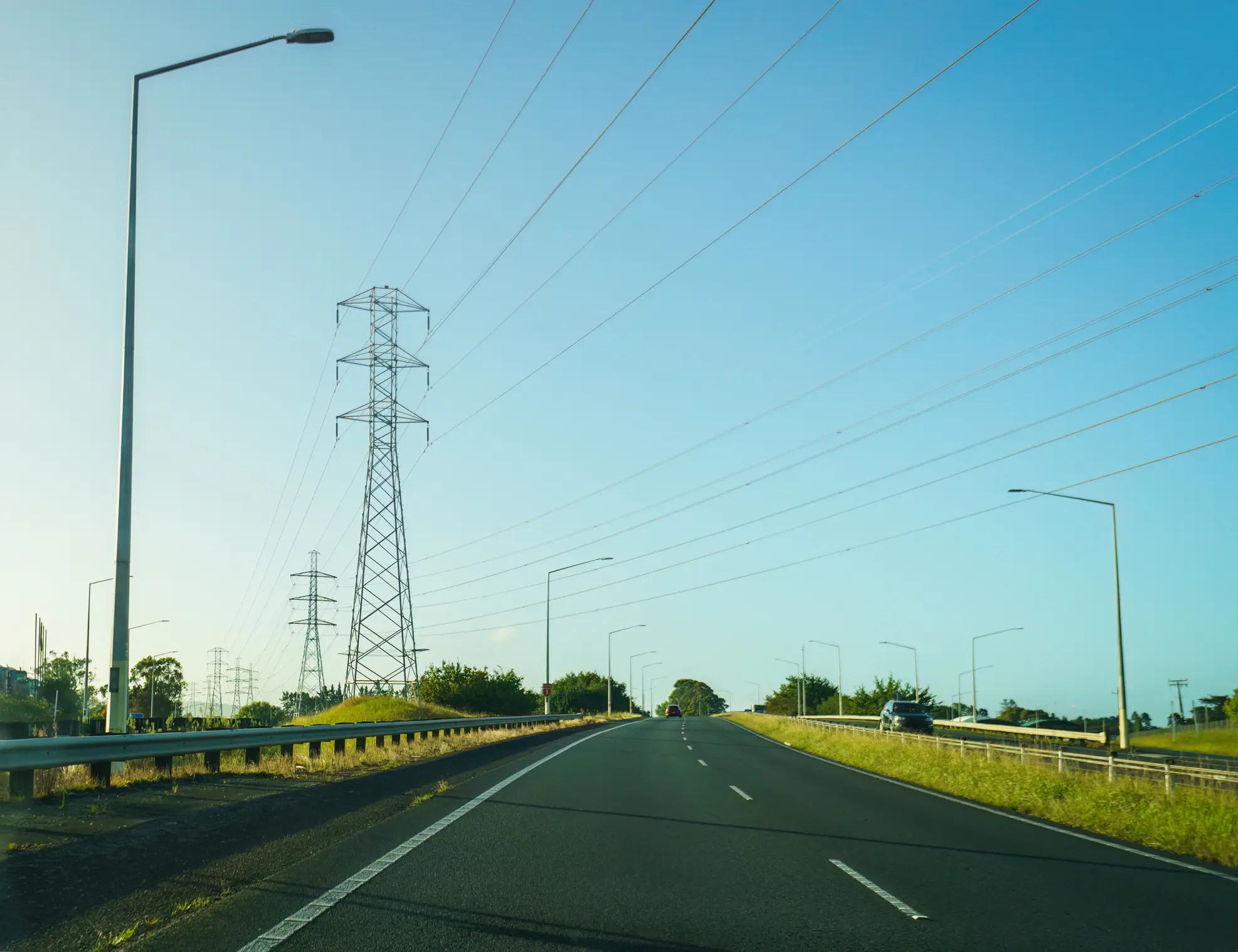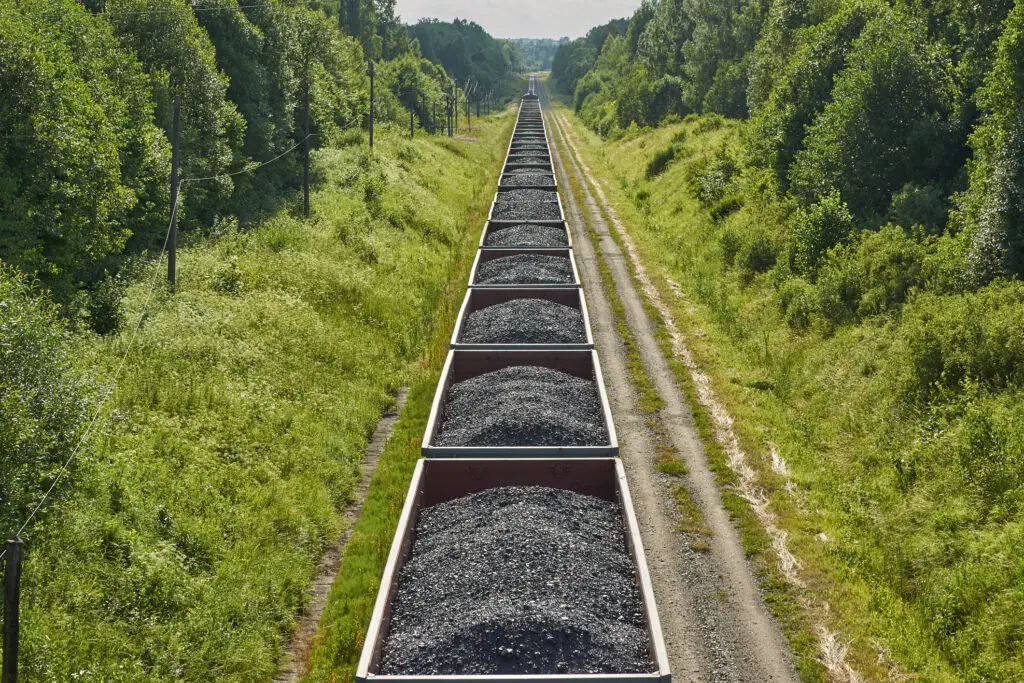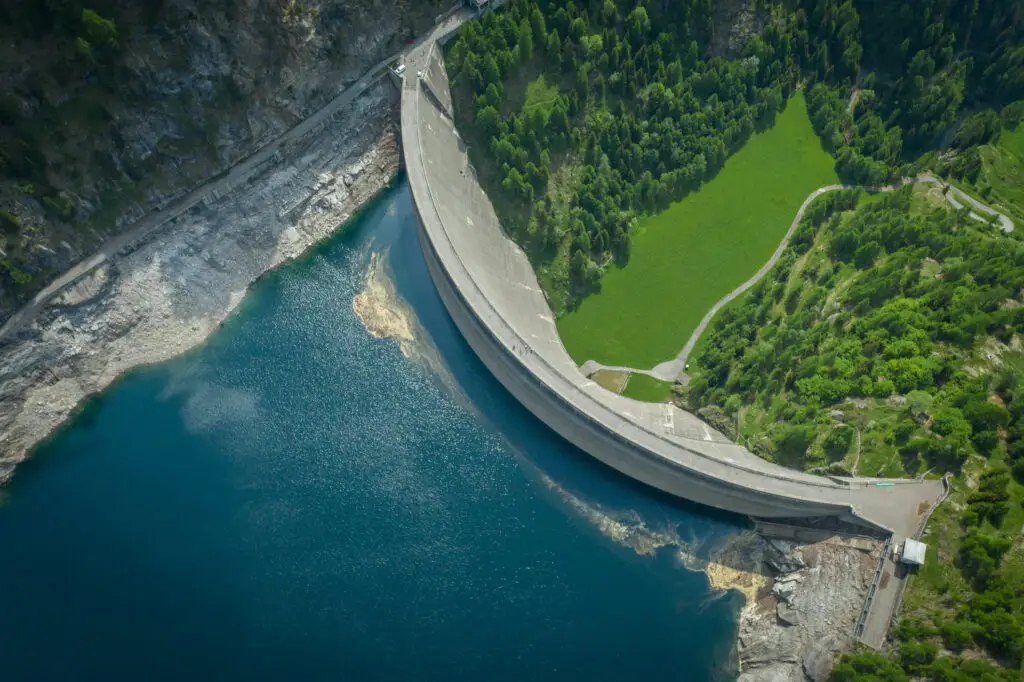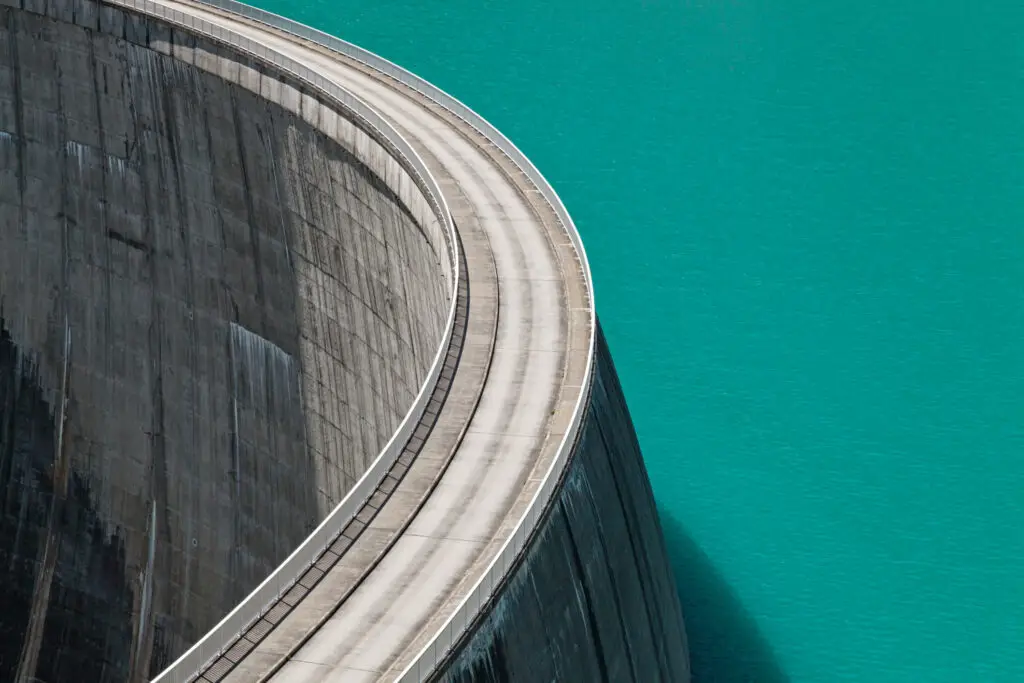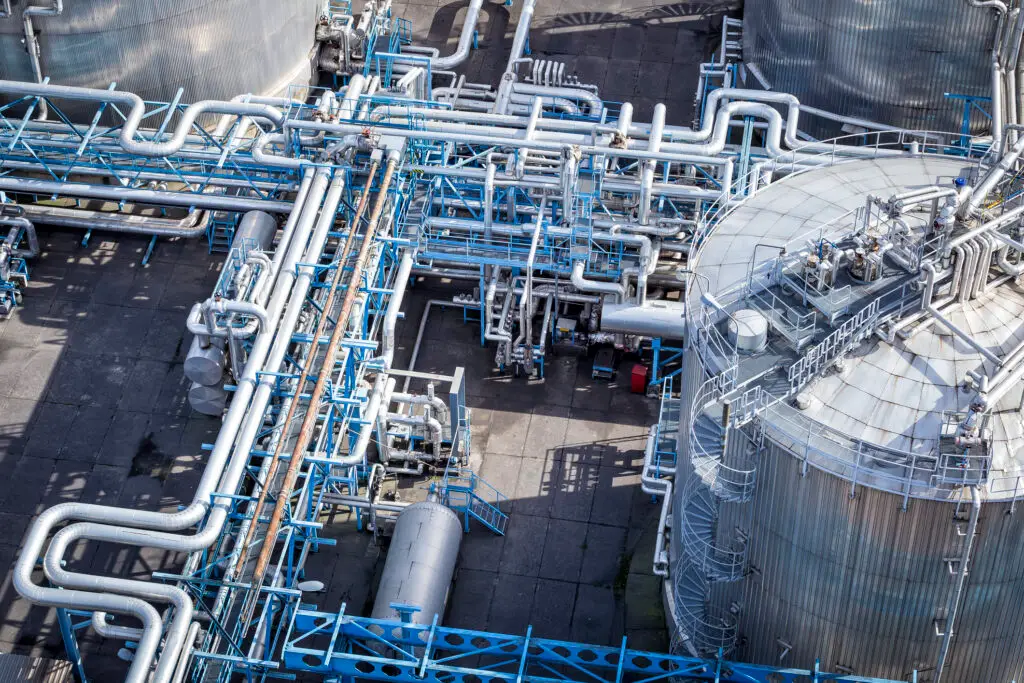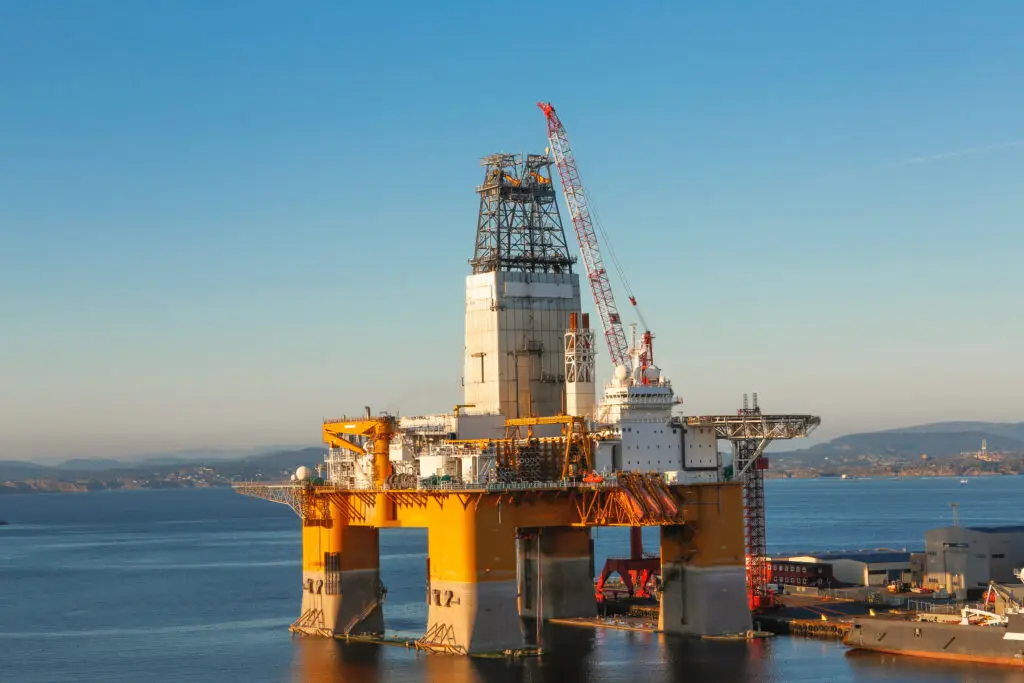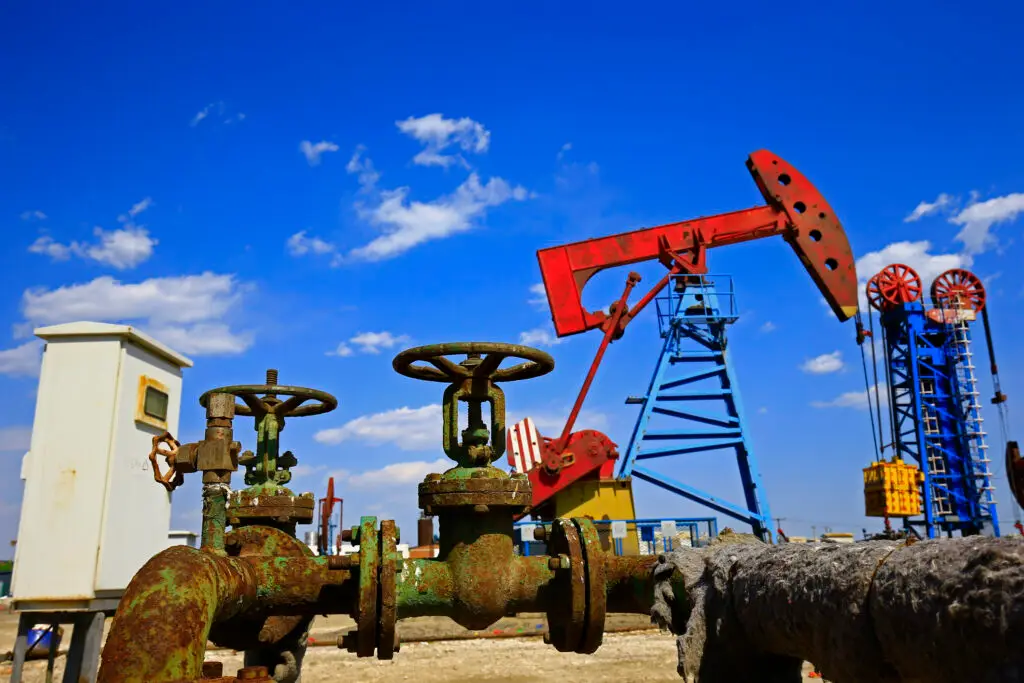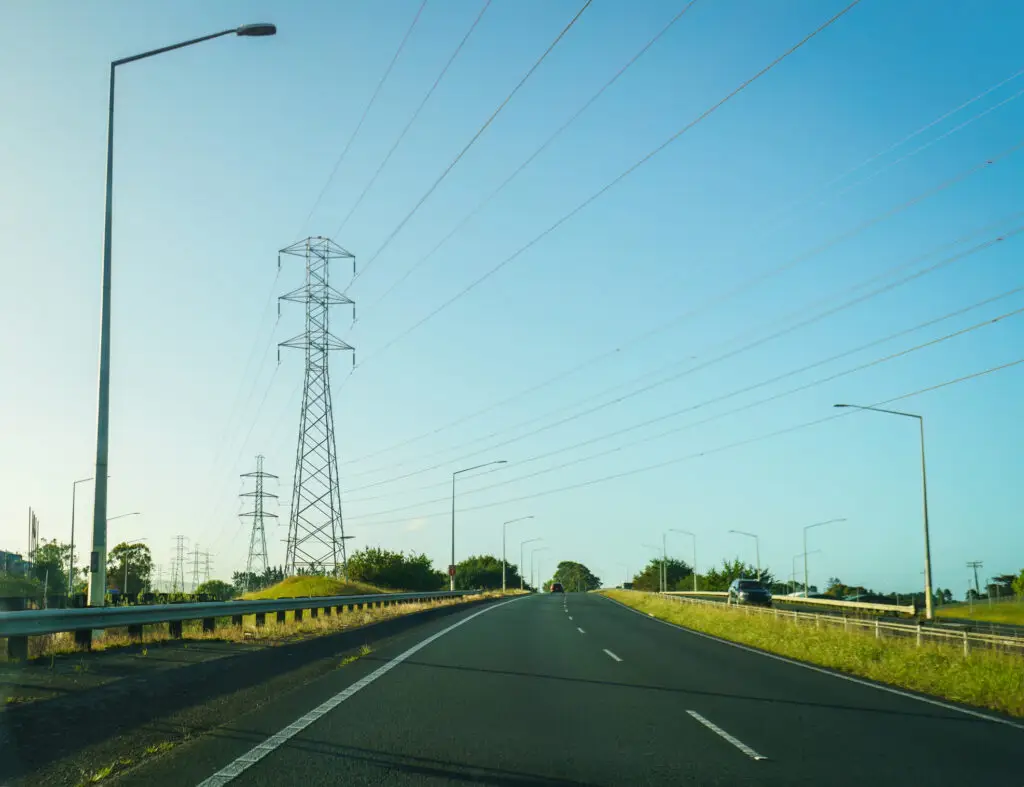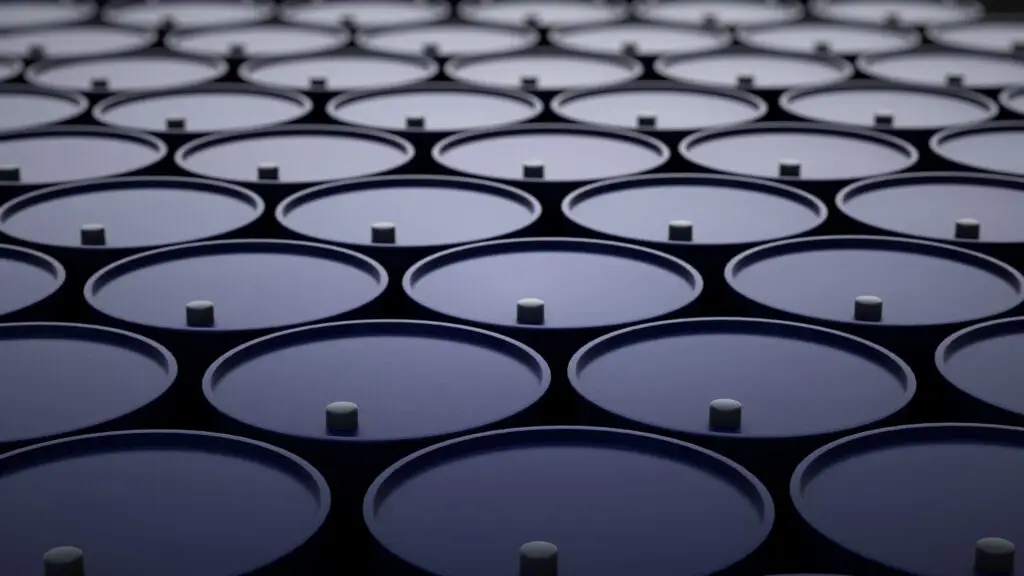At an increasing pace, power system outages are destroying billions of dollars in value every year. The United States endures more blackouts than any other developed nation, with the number of incidents and hours of outage increasing steadily for the past few decades.
It is forecast that 7,000 miles of new transmission will be needed to meet the Clean Air Plan and $2.1 trillion by 2035 will be required to improve grid technologies and infrastructure. The Department of Energy reports costs of $150 billion per year to American business resulting from power outages. While it may be easy to grasp this idea that there is some value to keeping the lights on, how many utilities explicitly think about and, more importantly, quantify that value in decisions around asset management?
In this article in Natural Gas & Electricity, authors Jonathan Rich, Pallav Sudarshan and Léonard Bertrand (Rich, J., Sudarshan, P., & Bertrand, L. (2016, May) of Strategic Decisions Group address the challenges and pitfalls in managing transmission and distribution (T&D) assets. There are many complexities—underinvestment in aging infrastructure, increasingly overloaded systems, accumulating backlogs of work, resource constraints, a workforce on the verge of retiring, rapidly changing technologies, and evolving regulation, to name a few. There is a better way to plan long term and avoid a too-common reactive approach to infrastructure investment. These challenges can only be addressed by taking a strategic perspective of asset management and by explicitly thinking about all the sources of value.
Strategic perspective needed in T&D asset management. Natural Gas & Electricity 32/10, ©2016 Wiley Periodicals, Inc., a Wiley company).
Publications
Explore further insights from our experts by checking out our publications.
